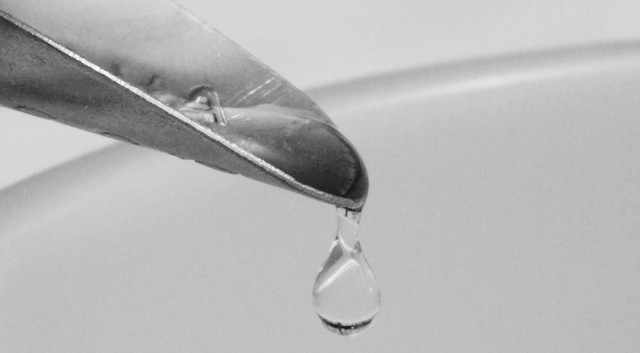By John Blanchard
Spring is in the air and that means that across the north, the scent of maple is in the air. Maple sap is the first food nature produces each year.
Remember the lush maple forests last year? Billions and billions of maple leaves that went from green to brilliant red, orange, and yellow. While they were green, they were quietly using the sun’s rays and water from the soil to produce maple sugar water called sap. As the trees transformed from green to that beautiful canopy of color, they were storing that sugar sap in their roots and then the trees lost their leaves and went dormant.
The forests went silent for the winter, draped in a blanket of snow. Those giants of the forest endure the harsh reality of winter, then witness a miracle in the spring: the sun’s rays strengthen and temperatures climb, which coaxes the sugar-laden sap from the roots, up the trunk and out to the branches. The sugar sap provides the energy for the tree to bud and produce this year’s leaves so the cycle can repeat itself. Much of the Upper Peninsula is perfectly suited for the majestic maple tree.
Our local Indian tribe, who called themselves “Anishinaabes”, learned about sap long before we did. According to Bernie Arbic, a historian from Sault Ste. Marie, British and Canadian settlers called the Anishinaabe Ojibwa and U.S. settlers called them Chippewa. According to their oral tradition, they came to the U.P. around 1400 A.D.
There are a number of legends as to how native people discovered the sweet sap of maple trees. One of the most common legends is that of the “sap-sicle”, which forms when a small maple branch is broken in the spring and leaks sap that freezes overnight. It grows the next day when the temperatures climb above freezing. In a few days, an icicle that tastes mildly sweet has formed. Once the native Americans found how pleasant the sweet icicles tasted, they slashed trees with hatchets to collect sap, pushing twigs into the cuts so drippings would travel into a waiting bowl. They transferred the sap to hollowed-out logs and dropped in heated rocks to evaporate the sap into syrup. This was a very long, labor-intensive process.
In the 1700s, European settlers learned how to make syrup from Native Americans and improved the methods by using iron and copper kettles. By the 1800s, they developed metal spiles to direct sap into buckets.
In the last few decades, the production of syrup in the Upper Peninsula has grown dramatically. From as few as a dozen taps to as many as thousands of taps, Yoopers are very busy producing syrup right now. Sap season is typically six weeks long, and ends when leaf buds appear on the maple branches.
The syrup is not only delicious but is also good for you. Maple trees draw many minerals into their roots and into the sap system. The tree literally sucks in large quantities of riboflavin, thiamin, manganese, zinc, calcium, iron, selenium, and potassium.
I must sign off now – I have more sap to boil!







